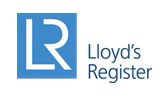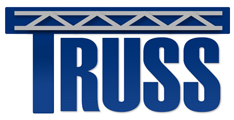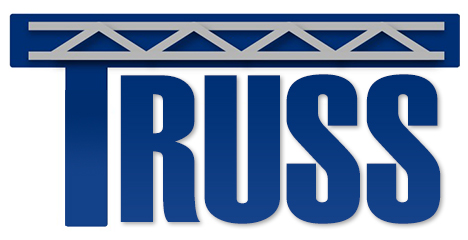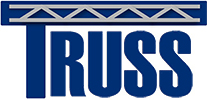www.lr.org Lloyd’s Register EMEA
Lloyd’s Register EMEA
Technical Investigation Department (TID)
Southampton Boldrewood Innovation Campus,
Burgess Road, Southampton, S016 7QF,
United Kingdomwww.lr.org
 Lloyd’s Register EMEA
Lloyd’s Register EMEATechnical Investigation Department (TID)
Southampton Boldrewood Innovation Campus,
Burgess Road, Southampton, S016 7QF,
United Kingdom
Lloyd’s Register is a global engineering, technical and business services organisation wholly owned by the Lloyd’s Register Foundation, a UK charity dedicated to research and education in science and engineering. Founded in 1760 as a marine classification society, Lloyd’s Register now operates across many industry sectors, with over 9,000 employees based in 78 countries.
Lloyd’s Register EMEA’s Technical Investigation Department (TID) (part of the Lloyd’s Register Group) is world leader in the provision of consultancy to the marine, energy, power and rail industries. Specific expertise includes engineering dynamics and statics, hydrodynamics, ship propulsion, computational fluid dynamics, ship and land based structures. TID provides a unique systematic approach to troubleshooting & failure investigation. The breadth of disciplines within the team combines the complementary activities of on-site full scale measurements with state of the art analysis/modelling. Worldwide support to clients is provided from the main facility in Southampton and a developing one in Shanghai.
Lloyd’s Register internally developed research programmes to correlate instrumented Charpy testing with Pellini test results and crack arrest data for high strength weldable ship structural steels.
Collaborative industry research project to develop an Acoustic Emission based fracture initiation and propagation and measurement tool.
There are many Lloyd’s Register internally developed research programmes. Some of particular interest include fatigue of welded ship structures, with particular reference to the effects of :
- Surface treatment on welded connections.
- Low cycle loading which exceeds the yield point.
Variable amplitude loading including compression.
- Banisoleiman, K., Filcek, P., Mathieson, S., Stainsby, J. and Zhang, L .(2014), “A full scale investigation of a marine propulsion system intermediate shaft”, in Proceedings of 1st torsional vibration symposium, May 21-23, Salzburg, Austria.
- Zhang, L. (2008), Reliability analysis of pipelines containing cracks and corrosion defects, International Gas Research Conference, Paris.
- Carden, E.P. and Mita, A. (2011), “Challenges in developing confidence intervals on modal parameters estimated for large civil infrastructure with stochastic subspace identification”, Structural Control and Health Monitoring,18(1): 53-78.
- Carden,E.P. and Maguire, J.R. (2011), “Dynamic Performance and Integrity Assessment of an Electricity Transmission Tower”, in Proceedings of IMAC, January 31 – February 3, Jacksonville, Florida USA.
- Carden, E.P. and Brownjohn, J.M.W. (2008), “Fuzzy clustering of stability diagrams for vibration-based structural health monitoring”, Computer-Aided Civil and Infrastructure Engineering, 23(5): 360-372.
- Banisoleiman, K., Smith L.A., Bazari, Z. and Mathieson N. (1992), “Computer Simulation of Diesel Engine Performance”, Lloyd’s Register Technical Association, Paper No.7, Session 1991-92.



